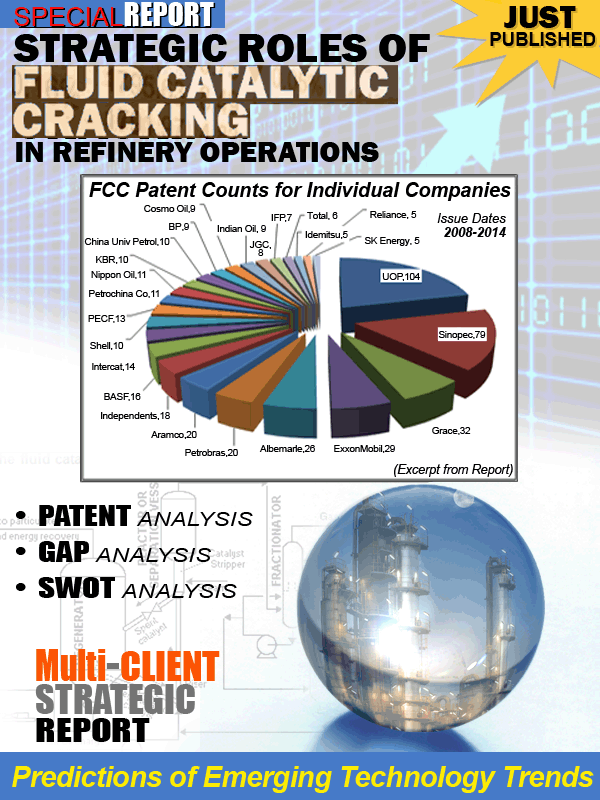
Global gasoline demand defies expectations. In spite of on-going talks of "dieselization" in the transportation fuel market, gasoline demand in the world's two biggest oil consumers (the US and China) is going strong, supporting refining margins across the globe.
According to the API, US gasoline demand was at its highest in nearly eight years in June 2015, rising 3.5% on the year to more than 9.3MM b/d—the most gasoline demand the country has seen since Aug. 2007. In China, fuel consumption has been steadily shifting from diesel toward gasoline over the past few years, and total June gasoline consumption was higher than in May—when gasoline demand grew by nearly 14% on the year. European refiners—longtime producers of a surplus of gasoline—are the first in line to benefit. Thanks to higher gasoline exports and lower crude costs, Total S.A. has reported that its European refining margins indicator (ERMI) rose to $54.10/mt ($7.38/bbl) during 2Q 2015, a record high since ERMI was first tracked in 2003.
Will the good times roll forever? It all depends, as the nature of the refining business is cyclical and the FCCU—the centerpiece of many refineries—also has its ups and downs. While taking advantage of the current strength in margins, how prepared are refiners to weather the next cycle?
Perpetual profit cycle. Since its inception about a century ago, the FCCU has been continuing to perform "miracles" for refiners. Its role has evolved over time, thanks to constant technology research and development (R&D) by refiners and technology vendors alike in reaction to—sometimes anticipation of— market changes. Technologies will continue to drive the future of the FCCU and make it a perpetual profit cycle.
How to invest? People consider spending on R&D as being similar to playing a slot machine in a casino. If you continued to put money into the machine, sooner or later there would be a payout; and one could even try to increase the odds by putting money into multiple machines. It deems wasteful and foolish. Also, there is an opportunity cost of making the wrong R&D investment decisions in terms of wasting financial resources and valuable time. Can a technology company afford to go down to the wrong research path in a highly competitive market?
Predictive Analytics. We believe the most cost-effective and efficient approach to find the next technology winner(s)—which deserve research fundings—is to use predictive analytics. This novel management tool consists of three parts: Patent, Gap, and SWOT (Strengths, Weaknesses, Opportunities, and Threats) analyses. The object is to marry quantitative and qualitative data in order to identify the strategic roles of FCC units in future refinery operations. Furthermore, the study predicts emerging technology trends and identifies R&D opportunities by analyzing patents as far back as 2000 using the 4V+1 criterion, i.e. patent's volume, velocity, variety, and value plus the Gap analysis.
Who should read this report? For refiners operating FCCUs, this study offers a broad knowledge of R&D directions and near-commercial activities to provide a better understanding of technology trends and availability in order to make the right decisions when selecting the optimum technology for your FCCU. For technology suppliers, the study provides the best competition overview and assessments based on emerging innovations from refiners and vendors. It also explores technology possibilities for various business opportunities. Finally, the report provides an excellent communication forum for business management and R&D professionals.
If you are interested in learning more about this publication, please contact us.


